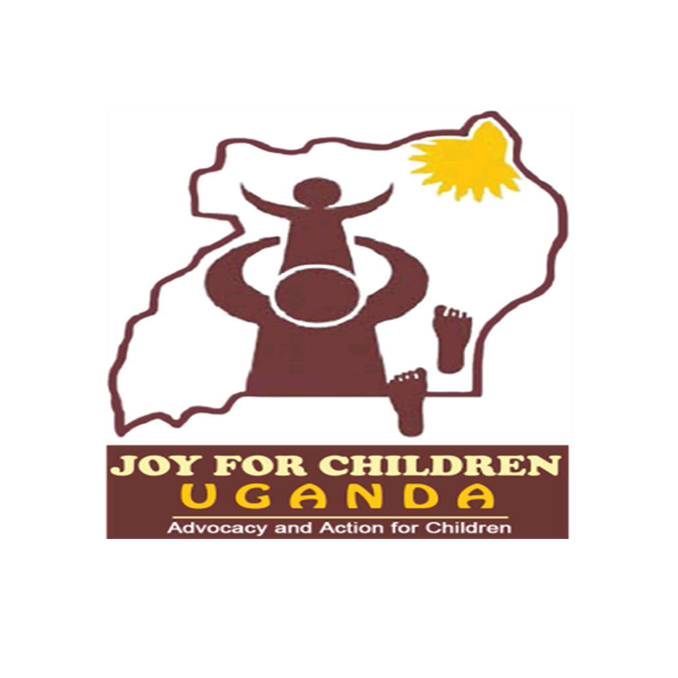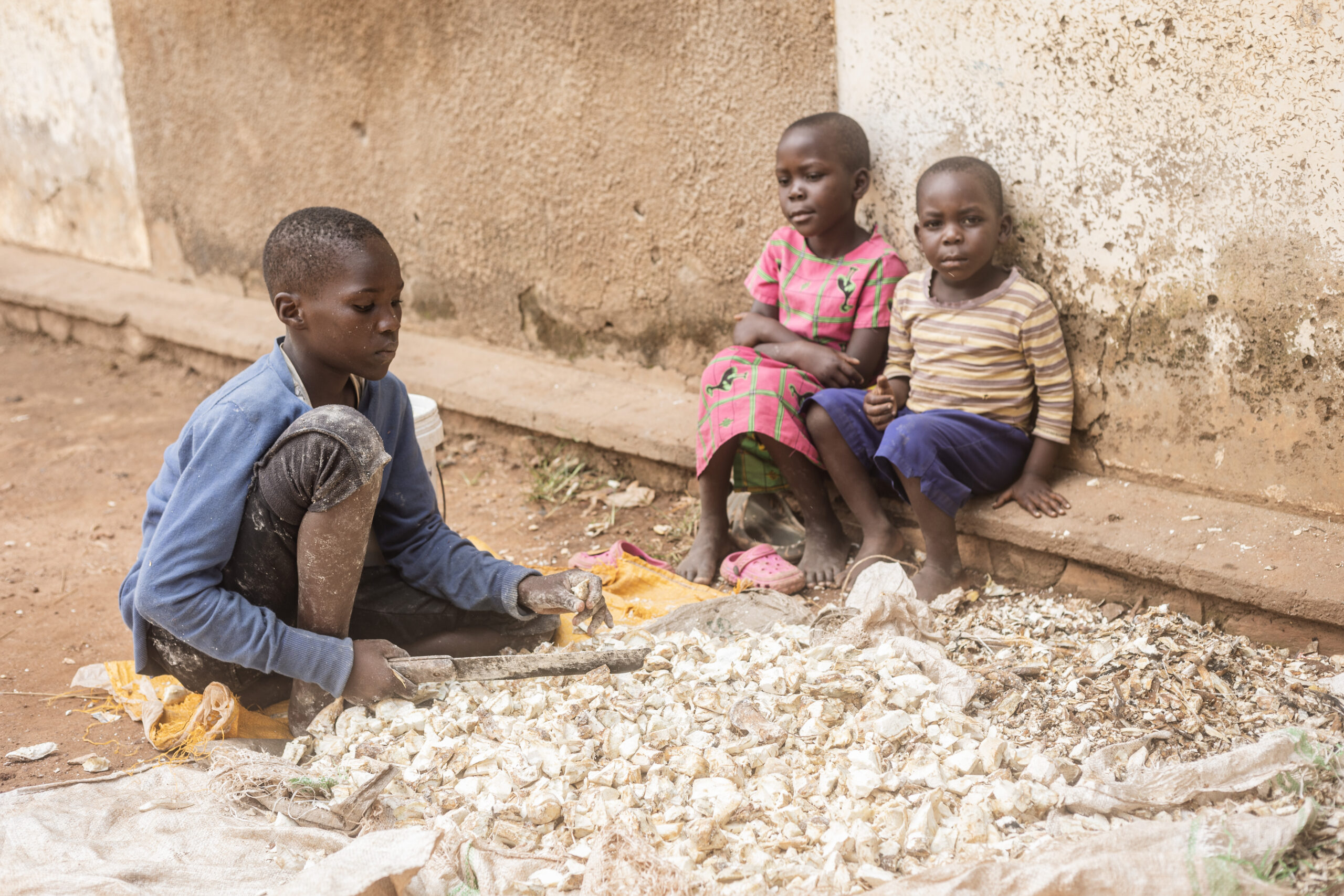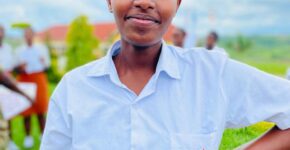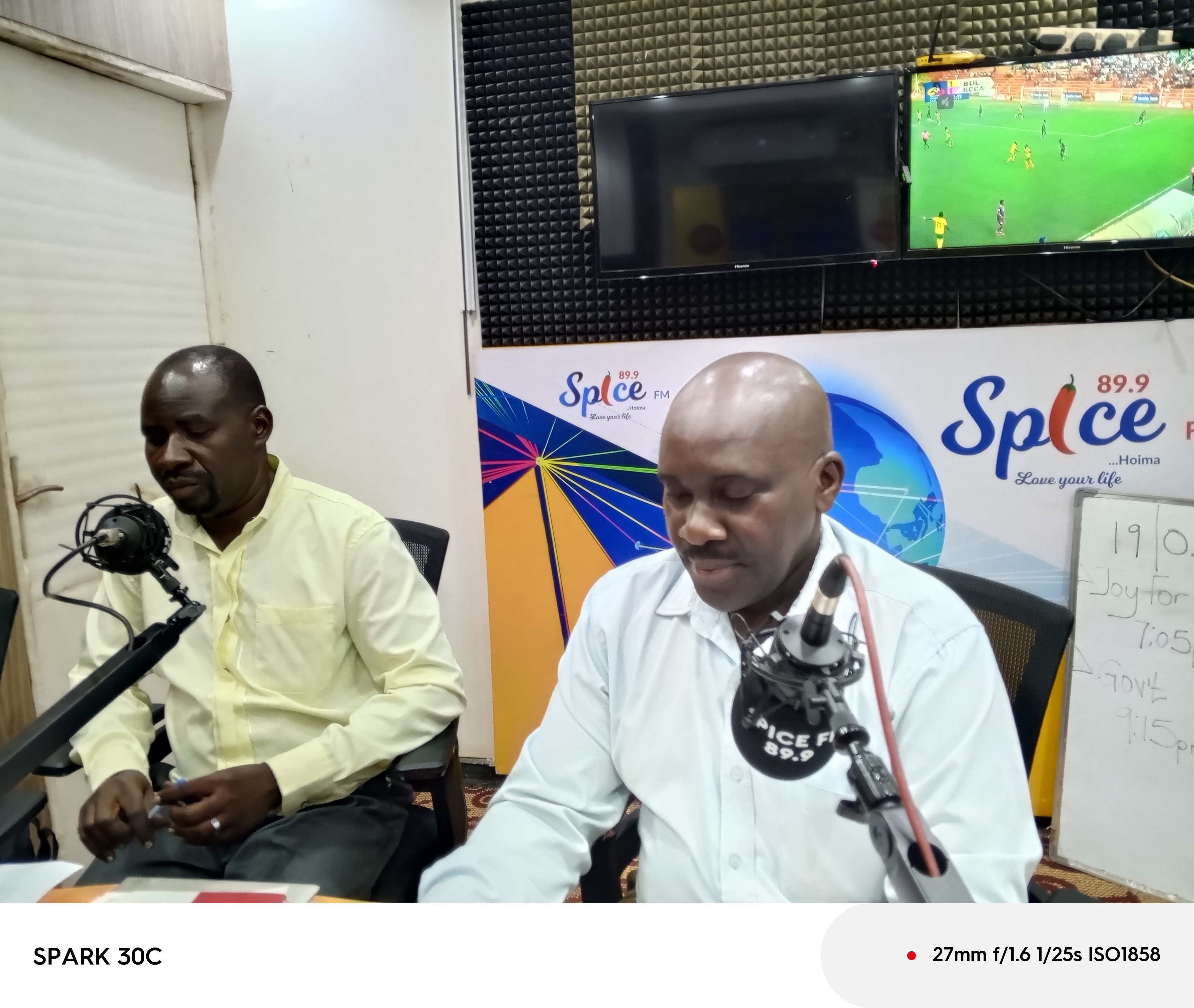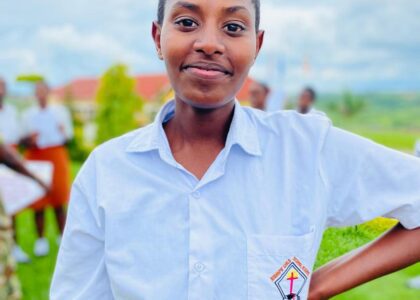Sexual violence is a broad issue and has been defined differently by various groups. According to the survey report 2018 on VAC conducted by MGLSD, SVAC has been defined as including all forms of sexual abuse and sexual exploitation of children. This encompasses a range of acts, including completed non-consensual sex acts, attempted non-consensual sex acts, and abusive sexual contact. This also includes the exploitative use of children for sex.
In a more simplified sense, SVAC includes abusive sexual touches, attempted forced or pressured sex, physically forced sex, pressured sex, offering gifts or money to children for sex, use of vulgar words, being naked, indecent dressing and adults having sex in the presence of children and exposing children to pornographic literature. It should be noted that’s SVAC affects both girls and boys, although boys to a smaller extent compared to the girls.
Current statistics about SVAC in Uganda are mind blogging and its effects are dire. The survey report 2018 by MGLSD on VAC in Uganda indicates that of 18-24 year old Ugandans, one in three girls (35%) and one in six boys (17%) reported experiencing sexual violence during their childhoods.
This included 11% of girls experiencing pressured or forced sex. Of Ugandans ages 13-17 years, one in four girls (25%) and one in ten boys (11%) reported sexual violence in the past year. SVAC happens in all sections of the society- family, community, schools, places of worship and other institutions of learning . SVAC leads to school drop outs, child marriages , STIs including HIV, increased poverty, GBV and mortality rates.
JFCU’s experience working with grass root communities indicated that poverty and hunger rigid cultural practices, weak implementation of laws and policies, low civic action, limited information available on the dangers of SVAC on the children, family, community and the nation were responsible causes of child marriage. While in institutions of learning, according to the report by the Select Committee of Parliament into the inquiry of Sexual Allegations in Institutions of Learning in Uganda sexual violence is mainly attached to marks.
Perpetrators of SVAC included; rich married women and men, drunkards, drug abusers, boda boda riders, chapatti sellers, biological fathers, neighbors, house maids and shamba boys and strangers. While in institutions of learning, it was mainly by the male teachers, lecturers and fellow male learners.
In terms of reporting, SVAC cases were mainly reported to local authorities and many were negotiated at family and clan levels. When the suspect fails to compensate, that is when they report to police. More so, many of these cases are not documented and reported for fear of threats and intimidation by the families of the perpetrators.
Challenges encountered in addressing SVAC and lessons learnt
Many cases of SVAC are not reported due to threats and intimidation from the community, corruption, poverty- can’t afford transport costs to report and follow up cases and the long time spent in the justice seeking process. Some cases of sexual abuse are incest in nature and family members fear to report as this will cause shame to the entire family.
Recommendations in addressing SVAC.
There is need for continuous public awareness campaign on the dangers of SVAC by various actors including cultural and religious leaders, proper implementation of laws and policies that protect children, communities should be encouraged to utilize 116 child helpline to report cases of SVAC, local leaders and families should stop mediating cases of SVAC. Furthermore, there is need to strengthen the community referral system to deal with the vice although this is response measure.
Its associated costs
The World Bank Report 2016 on Accelerating Uganda’s Development- Ending Child Marriage could generate $2.7 billion in annual benefits (in purchasing power parity terms)simply from lower population growth and a reduction in rates of under five mortality and stunting for young children Uganda’s population by 2030.
Other activities during the month of February included home visits, counselling, School outreach Programme at Grace Fellowship Primary School, among others.
